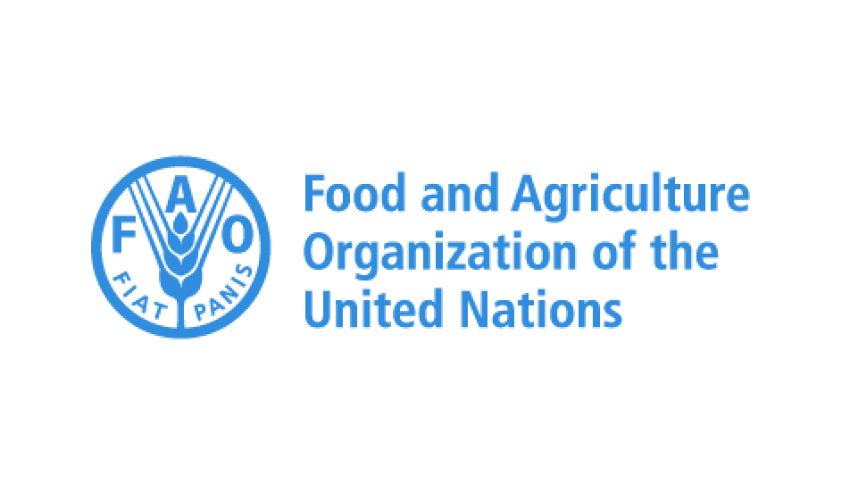GIEWS Country Brief: Myanmar 18-October-2022

FOOD SECURITY SNAPSHOT
- Below-average 2022 paddy production forecast
- Above-average cereal exports forecast in 2022/23
- Prices of rice at record high in August
- Persistent conflict continues to cause displacements
Below-average 2022 paddy output forecast
The 2022 main rainfed paddy crop, which accounts for more than 80 percent of the annual production, is approaching the harvest stage. Although drier-than-average conditions in late May and early June delayed planting operations in the central producing areas, the area sown to the main rice crop is estimated close to the five-year average. Precipitation amounts improved from late June and have been generally near-average until September. The total 2022 paddy production, including the secondary crops to be planted at the end of the year, is forecast at 23.8 million tonnes, about 10 percent below the five-year average level. Yields have been affected by limited use of critical agricultural inputs due to their elevated prices. According to a recent survey conducted by the International Food Policy Research Institute (IFPRI), domestic prices of urea and compound fertilizers in July 2022 were 90 and 75 percent, respectively, higher year-on-year, while prices of herbicides and pesticides increased by 50 and 40 percent, respectively.
Cereal exports in 2022/23 forecast at above-average level
Total cereal exports in the 2022/23 marketing year (July/June) are forecast at about 4.2 million tonnes, 15 percent above the average volume. Exports of maize are forecast at a record of 1.7 million tonnes, reflecting the expected production surplus and the steady demand from China (mainland) and Thailand. Rice exports in calendar year 2022 are forecast at 2.3 million tonnes.
The 2022 main maize crop, for harvest from late October, is growing under generally favourable weather conditions (ASI map). Total maize production, including the secondary crops to be planted in November, is forecast at an above-average level of 2.2 million tonnes, reflecting record area planted driven by robust export demand and high domestic prices. However, average yields are projected at the lowest level since 2015 as a result of constrained access to agricultural inputs, as well as pests and diseases.
Prices of rice at record high in August
Domestic prices of “Emata” rice, a widely consumed quality, have steadily increased since January 2022 and reached record highs in August. The price increase was associated with consecutive seasons of production declines, a recovery in exports, high transportation and input costs, and expectations of a below-average production of 2022 main paddy crops. Prices in August were almost 50 percent higher than a year before.
Persistent conflict continues to cause displacements
According to the United Nations High Commissioner for Refugees (UNHCR), as of September 2022, the number of additional displaced people following the military takeover in February 2021 is estimated at 982 000, bringing the total number of internally displaced persons (IDPs) to about 1.3 million. Most IDPs reside in Rakhine, Chin, Kachin, Kayin and Shan states. Macroeconomic difficulties, due to lingering effects of the COVID-19 pandemic and political instability, have caused widespread loss of income and livelihoods, sharply reducing households’ purchasing power. Decreased production stemming from localized paddy crop losses, combined with the high prices of energy, fuel and essential food items, may cause a significant decline in output leading to a deterioration of food security outcomes in 2022/23.

